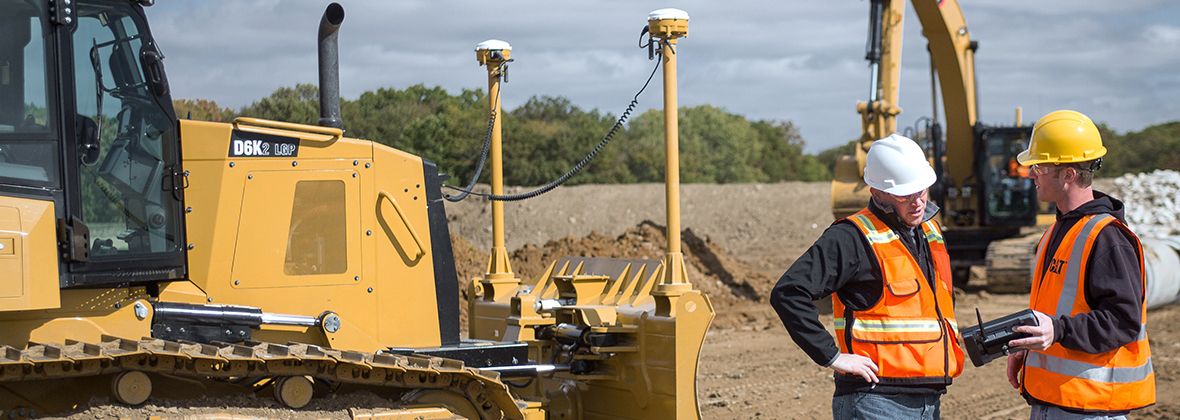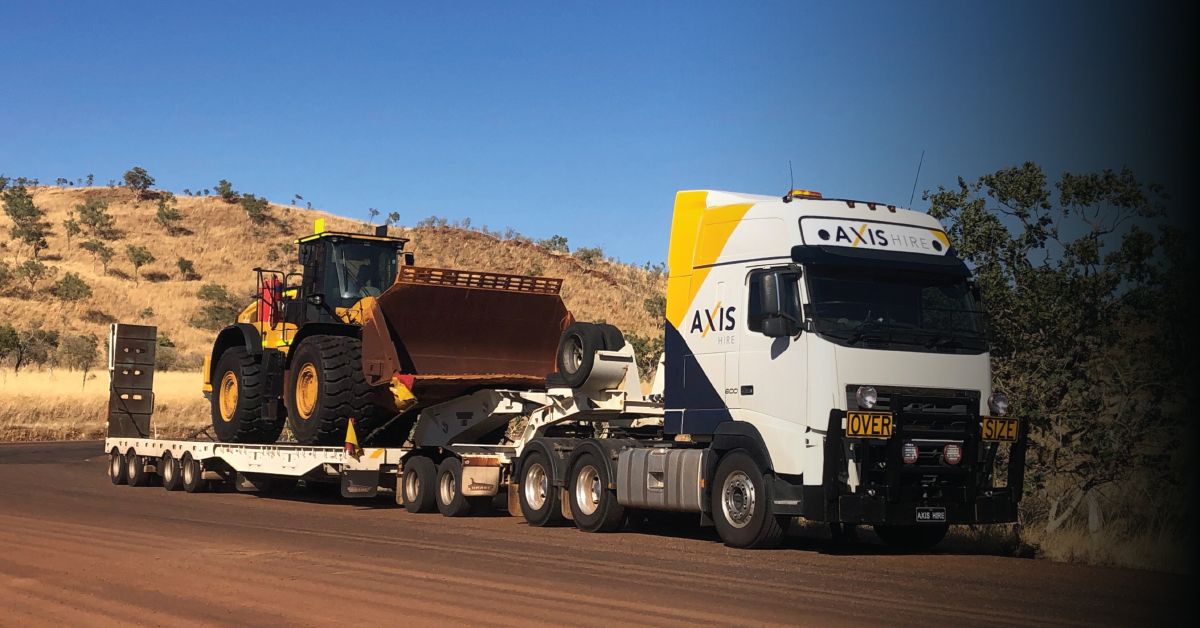

Sign In
Welcome! Sign In to personalize your Cat.com experience
If you already have an existing account with another Cat App, you can use the same account to sign in here
Register Now
One Account. All of Cat.
Your Caterpillar account is the single account you use to log in to select services and applications we offer. Shop for parts and machines online, manage your fleet, go mobile, and more.
Account Information
Site Settings
Security
How to Plan Amidst Business Uncertainty
Business planning is a challenge, especially during times of uncertainty. Use this guide to help you and your team do your best work.
By Caterpillar | Updated: March 28, 2022
We know that business planning can be a challenge. And it’s particularly difficult during times of economic uncertainty. But during these times, it’s even more important to have a business plan in place. Cash flow management, contingency planning, and strategic decision-making are just a few of the things that can help you continue to do your best work as we face the year ahead.
Manage Your Cash Flow
Cash flow management is always important, but it’s particularly critical during economic uncertainty. Proper cash planning will allow your business to pay its bills and continue operations.
- Track your cash flow: Know your current and upcoming expenses and how much revenue you expect to bring in. You can use a spreadsheet or accounting software to keep track of cash and assets coming in and out of your business.
- Plan to fill in gaps: Determine if your current cash in the bank and expected cash inflow is enough to cover your upcoming costs and make necessary payments. If not, you may need to get a loan or consider other financing options.
- Make a cost-cutting plan: Identify expenses that you can trim or cut completely if needed. These should be expenses that are least essential to the operation of your business and can easily be eliminated.
- Track your projects: Keep track of all project information, including the scope of the job, project length, money paid out to vendors and subcontractors, contract terms and the assets and resources involved in the project.
- Anticipate potential cash flow issues: Prepare for your clients to have difficulty paying on time. Remember that you have the right to ask them about financing information before you begin work and when payments are late. You can also put your work on hold or charge for additional costs due to the delay.
Learn how to master cash flow management and weather an economic downturn in this article from Cat® Financial.
Manage Your Resources
Make sure you have the tools, equipment and materials ready for the next job opportunity, whenever it arises. To do this, you’ll want to do proactive repairs and maintenance, and track current and upcoming projects and determine what resources you need for each one.
- Take inventory: List out what you already have and what you’ll need for the year ahead — don’t forget personal protective equipment. Is everything in working order? Make a plan for repairing or replacing tools and equipment now.
- Repair and rebuild: If you have older tools and equipment, return them to “like-new” condition to perform optimally. Consider extending the life of your equipment with a rebuild.
- Sell what you don’t need: Determine if you have equipment, tools, or materials that you don’t need. If so, sell them. Here are some options for selling used equipment.
- Plan for equipment needs: If you need to purchase equipment, consider your financing options. If you don’t want to spend a lot of cash up front, leasing may be the best option. This comparison tool can help you determine whether leasing or owning makes the most sense for your business needs. You can also consider buying or leasing used equipment or renting equipment as you need it.
Develop a Business Contingency Plan
Lesson learned from 2020: be prepared for the unexpected. Pandemics, natural disasters, new regulations, and recessions can all impact your business. But even small changes, like losing a good employee or a big contract, can impact your bottom line. A contingency plan can help keep you operating when the unexpected happens.
- Identify your risks: List the key risks that your business may face in the year ahead and determine the impact that each could have.
- Create a what-if plan: Create specific, actionable steps to take when each event occurs, including what resources are needed to overcome them and who should be involved in the process. Consider questions like if and how you will pay employees if there is a major business interruption and how you will communicate with clients about changes.
- Create a cash buffer: Maintain a cash reserve that can be used specifically to offset losses in case something unexpected happens. Plan to set aside a certain percentage of every dollar made, but make sure the percentage is low enough to not impact day-to-day operations.
- Get others on board: If you need to implement your emergency plan, it’s good to have help. That means you need to make sure your business partner or key employees understand what to do. Share the contingency plan with the right people in your business, and keep it updated with any changes.
Make Your Big-Picture Strategic Plan
Be pro-active, not reactive. Sometimes you have to make reactive decisions, but having a strategic business plan will set you up for long-term success.
- Learn from last year: Identify what worked well and what didn't and determine areas for opportunity. Use last year’s data to mold a strategic business plan for the year ahead.
- Learn from the competition: Evaluate what your competitors do and if any of their strategies could also work for you. Consider things like what services they offer, how they advertise their business, and what local areas they serve.
- Update your marketing: This includes your websites, business social media accounts, and advertising materials. Your marketing is often the first impression, so make sure it’s clean, professional, and easy to read. You may also want to consider new ways of advertising to stay top-of-mind, especially during times when work is scarce and the competition is high.
- Invest in relationships: Nurture your relationships with existing clients, particularly those who are high-value customers with projects that will pay off. This will help them remember you in the future, even if they don't have work immediately available.
- Bid like a pro: Win new and existing clients with a great bid strategy. Check out these tips to build better bids and win more work.
Cat® Equipment Financing with Cat Financial
When you use Cat® equipment, whether it’s one machine or an entire fleet, you’re part of the Caterpillar family. And this family looks out for one another. Need a machine fast to take on a new job? We’ll make it happen. In a tough spot financially? We’ll help you through it.

Related Stories
-
7 Ways to Prevent Equipment Downtime
Equipment downtime can delay your projects. Read about the top ways to prevent downtime, including the use of equipment monitoring and proper storage steps.
Learn More -
Long Term Equipment Hires Reimagined
Since 2007, Axis Hire has helped mining, civil & construction companies across Australia secure their ideal fleets, with a focus on long-term equipment solutions.
Learn More Equipment Maintenance -
Managing Mental Health Issues in Construction
Michelle Walker is dedicated to addressing mental health issues in the construction industry. Her goal is to provide workers on any jobsite the resources they need.
Learn More




